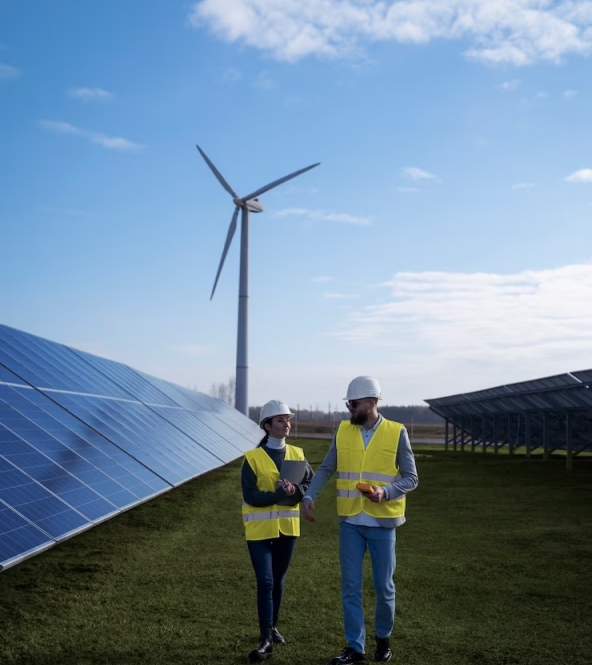Solar Panel Optimization: Understanding the Significance of Power Tolerance

Solar energy is fast becoming the most popular form of renewable energy. With more people interested in using solar panels for their homes and businesses, it’s important to understand the key factors that determine the efficiency of solar panels. One of these key factors is power tolerance. Power tolerance refers to the variance in the output of solar panels. Understanding power tolerance is essential to optimize the performance of solar panels and ensure they operate efficiently. In this blog post, we will delve deeper into the significance of power tolerance in solar panel optimization.
What is Power Tolerance in solar panels?
Power tolerance measures the range of difference between the rated output power and the actual output power of solar panels. To put it simply, it’s the range within which the output power of a solar panel can vary from its rated power.
The power tolerance is usually expressed as a percentage and can be either positive or negative. For example, a solar panel with a +5% power tolerance and a rated power of 300 watts can deliver up to 315 watts (5% above the rated power) under certain conditions. Conversely, a -5% power tolerance means the panel could produce as low as 285 watts (5% below the rated power) under specific circumstances.
What is the Significance of the Power Tolerance of Solar Panels?
The significance of power tolerance lies in its ability to affect the performance of your solar panel system. Solar panels with a high power tolerance will produce more energy, even during less-than-ideal conditions. For example, if the solar panels are partially shaded or if the temperature is high, solar panels with a higher power tolerance will still produce more energy than panels with a lower tolerance. This means that solar panels with a high power tolerance are more efficient and can produce more energy over the lifetime of the solar panel system.
How Power Tolerance can affect the Lifespan of your Solar Panel?
Choosing solar panels with optimal power tolerance is crucial if you want to maximize their efficiency and lifespan. Generally, solar panels with higher power tolerances are more efficient and durable than those with lower ones. Solar panels with lower power tolerances tend to degrade more quickly than those with higher power tolerance. This is because the output power of solar panels tends to reduce over time. If a solar panel has a low power tolerance, the reduction in output power can significantly reduce its lifespan.
What is the Importance of Choosing Solar Panels with Optimal Power Tolerance?
Another important factor to consider is the impact of power tolerance on the overall performance of the solar panel system. When solar panels are connected in a series, the performance of the entire system is determined by the panel with the lowest power output. This means that even if one solar panel has a lower power output due to a lower power tolerance, the entire system’s performance will suffer. Therefore, it is important to select solar panels with a high power tolerance to ensure optimal performance of the entire system.
How to Find the Optimal Power Tolerance?
To determine the optimal power tolerance for your solar panel installation, you should consider various factors such as the expected weather conditions and the location of the installation. You should also consult with experts in the field to guide you on the best solar panels that fit your unique needs.
Common power tolerance ratings include +5%/-5%, +3%/-3%, and 0%. A positive tolerance means the panel can produce more power than its rated value, while a negative tolerance means it can produce less.By considering the various factors that influence the performance of solar panels, you can select solar panels with optimal power tolerance and enjoy maximum efficiency and durability.
Does High Tolerance mean high cost?
It is important to note that solar panels with a high power tolerance may cost more than those with a lower power tolerance. However, the extra cost can be worth it in the long run, as the higher efficiency of the solar panels will result in more energy production and savings on energy bills. Additionally, solar panels with a high power tolerance may come with a longer warranty, which can provide added peace of mind for consumers.
Conclusion
Overall, understanding the power tolerance rating of your solar panels is critical for optimizing their efficiency and ensuring long-term stability. Knowing this information will help ensure that your solar array is performing at its best and producing the most power possible from your system. Investing in a high-quality, power-tolerant solar panel can offer many benefits in terms of both performance and safety. Make sure to research the power tolerance ratings of your panels in order to get the most out of your solar energy investment.




